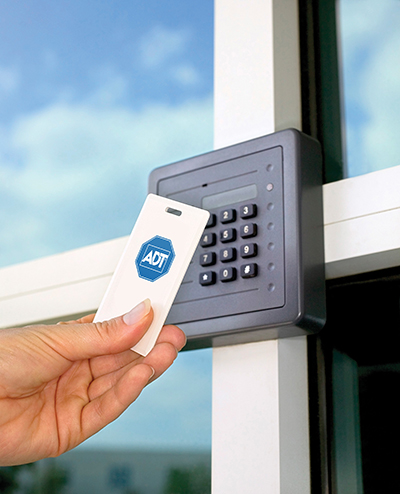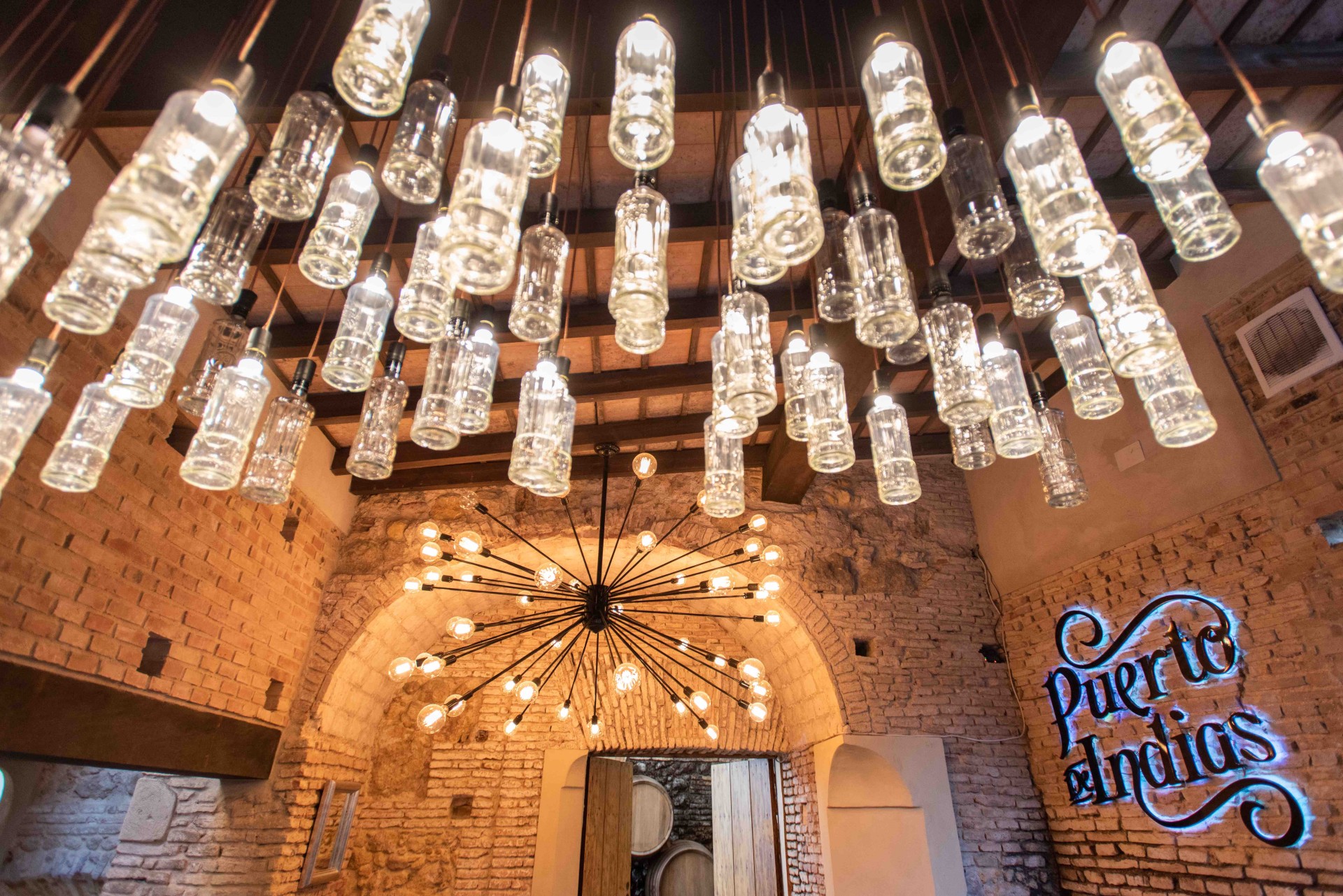 Faced with long working hours and limited staffing and resources, today’s fast-food restaurateurs too often attempt to run their establishments as a one-man show; acting as server, head chef, loss prevention director, CFO and CEO, all at the same time. While focusing on all areas of the business at once, the wide variety of potential threats are often overlooked – from robberies or vandalism after hours, and even dangerous food spoilage.
Faced with long working hours and limited staffing and resources, today’s fast-food restaurateurs too often attempt to run their establishments as a one-man show; acting as server, head chef, loss prevention director, CFO and CEO, all at the same time. While focusing on all areas of the business at once, the wide variety of potential threats are often overlooked – from robberies or vandalism after hours, and even dangerous food spoilage.
By being proactive and taking advantage of streamlined security and automation solutions, even fast food operators with limited resources can mitigate shrinkage, reduce premise vulnerabilities, track employee productivity, assess critical temperatures, and monitor for suspicious activity. While evaluating the vulnerabilities that need to be addressed inside and outside the walls of any food service business, these basic measures can help prevent negative impact:
Operate Drive-Thru Only: With limited staff after peak hours, fast food restaurants should consider serving via drive-thru only. This helps prevent offenders from entering the building through the main dining room, allowing employees to easily monitor the immediate area within sight.
Use Video Surveillance: In addition to documenting suspicious activity and crime, video surveillance can help provide visibility to monitor multiple locations from a single point and even record clips through a DVR. Archiving video files can prove useful in the event of an incident because it can be used as evidence. For example, having cameras at angles covering the drive-thru windows is a smart way to monitor the window during late hours to prevent attacks from drive-by assailants.
Employ Monitored Security: A monitored security system can help protect a business by notifying first responders when motion detectors have been triggered. This could be particularly helpful when employees are closing down the restaurant and working in the kitchen with limited visibility. Monitored alarm systems alert employees should someone try to break a window or door to enter, and signal authorities for immediate dispatch even if employees are not near a phone to dial 9-1-1.

Install Card Access Control: Card access limits areas to approved personnel only, allowing only authorized users passage to the area, such as a private office or stockroom. Access control is often a safer approach than using traditional keys because they can’t be easily duplicated. Additionally, some systems record access logs with a record of who entered what areas and when, which is particularly helpful for restaurants with a large staff and sensitive inventory.
Remotely Control your Restaurant: Having remote access allows business owners to manage and control the safety, security and overall state of their business. Remote security and automation solutions offer capabilities to arm or disarm the security system, adjust thermostats, view event-triggered videos and monitor potential internal and external threats without being on location. This gives business owners the freedom to be remote while still providing the same level of protection for their employees. Automation solutions can also help fast food operators manage a single-unit operation with efficiencies of a mass-market chain establishment, by streamlining day-to-day restaurant activities.
There are a wide range of fast food industry threats, but they can be prevented. By taking the proper proactive measures – from security equipment to automation tools to proper employee training – owners can focus less on the negative aspects of ownership, and more on the positive side of growing their own business.
About the Author
Luis Orbegoso, President ADT Small Business
Luis Orbegoso is President of v, where he leads company’s strategy in providing innovative and streamlined security and automation solutions for small business owners across a wide variety of industries, including food and beverage. For more information







